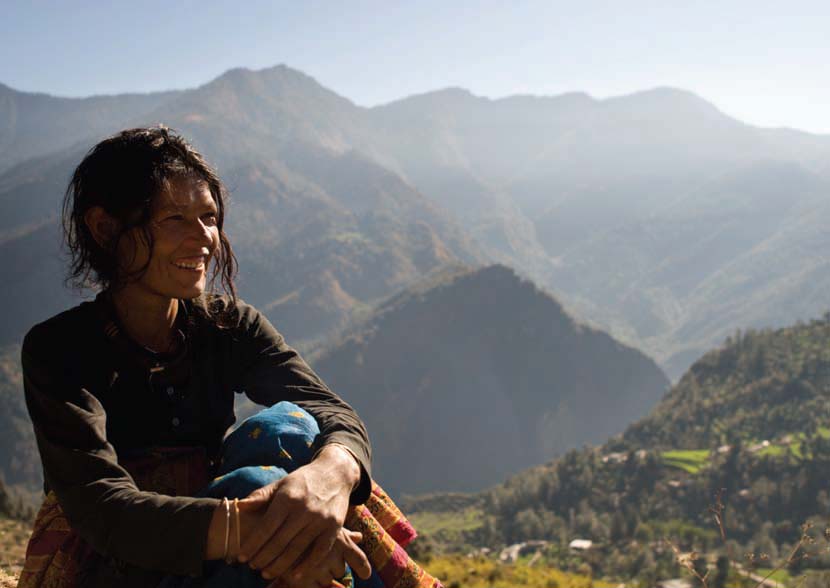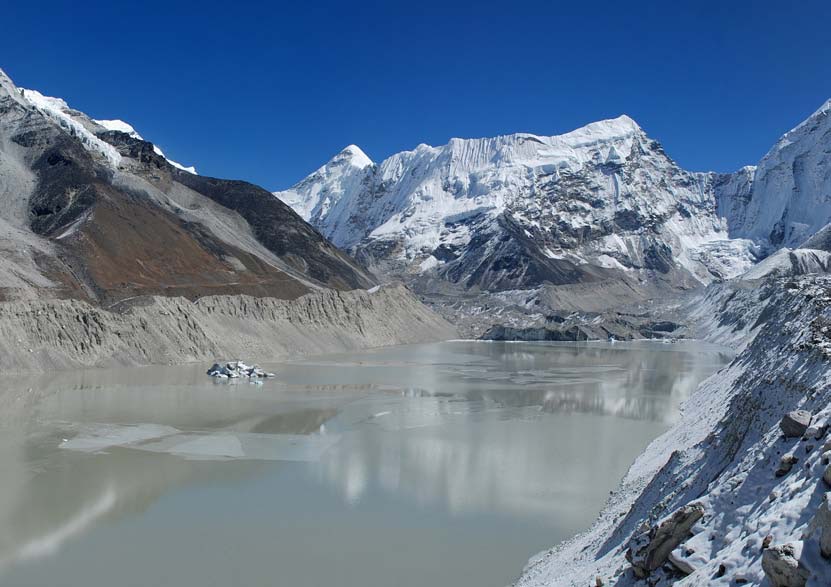 The greater Himalayan region “the roof of the world” – contains the most extensive and rugged high altitude areas on Earth, and the largest areas covered by glaciers and permafrost outside the polar regions.
The greater Himalayan region “the roof of the world” – contains the most extensive and rugged high altitude areas on Earth, and the largest areas covered by glaciers and permafrost outside the polar regions.
The water resources from this area drain through ten of the largest rivers in Asia, in the basins of which more than 1.3 billion people find their livelihoods. The region and its water resources play an important role in global atmospheric circulation, biodiversity, rainfed and irrigated agriculture, and hydropower, as well as in the production of commodities exported to markets worldwide. The water resources of this region are currently facing threats from a multitude of driving forces.
Global warming is having a severe impact on the amount of snow and ice, which has serious implications for downstream water availability in both short and long term as up to 50 per cent of the average annual flows in the rivers are contributed by snow and glacial melting. The warming in the Greater Himalayas has been much greater than the global average: for example, 0.6 degrees Celsius per decade in Nepal, compared with a global average of 0.74 degrees Celsius over the last 100 years.
Changes in precipitation are ambiguous with both increasing and decreasing trends in different parts of the region. The most serious changes are probably related to the frequency and magnitude of extreme weather events, such as high intense rainfalls leading to flash floods, landslides and debris flows. There is a severe gap in the knowledge of the short and long-term implications of the impact of climate change on water and hazards in the Himalayas, and their downstream river basins.
different parts of the region. The most serious changes are probably related to the frequency and magnitude of extreme weather events, such as high intense rainfalls leading to flash floods, landslides and debris flows. There is a severe gap in the knowledge of the short and long-term implications of the impact of climate change on water and hazards in the Himalayas, and their downstream river basins.
Most studies have excluded the Himalayan region because of its extreme and complex topography and the lack of adequate rain gauge data. There is an urgent need to close the knowledge gap by establishing monitoring schemes for snow, ice, and water; downscaling climate models; applying hydrological models to predict water availability; and developing basin wide scenarios which also take water demand and socioeconomic development into account.
 Climate change induced hazards such as floods, landslides, and droughts will impose significant stresses on the livelihoods of mountain people and downstream populations. Society will need to improve its adaptation strategies, and level structural inequalities that make adaptation by poor people more difficult. It is important to strengthen local knowledge, innovations, and practices within social and ecological systems as well as strengthening the functioning of institutions relevant for adaptation. Sound science together with credible, salient, legitimate knowledge is important to support the development and implementation of sound policies.
Climate change induced hazards such as floods, landslides, and droughts will impose significant stresses on the livelihoods of mountain people and downstream populations. Society will need to improve its adaptation strategies, and level structural inequalities that make adaptation by poor people more difficult. It is important to strengthen local knowledge, innovations, and practices within social and ecological systems as well as strengthening the functioning of institutions relevant for adaptation. Sound science together with credible, salient, legitimate knowledge is important to support the development and implementation of sound policies.
Download the report here -